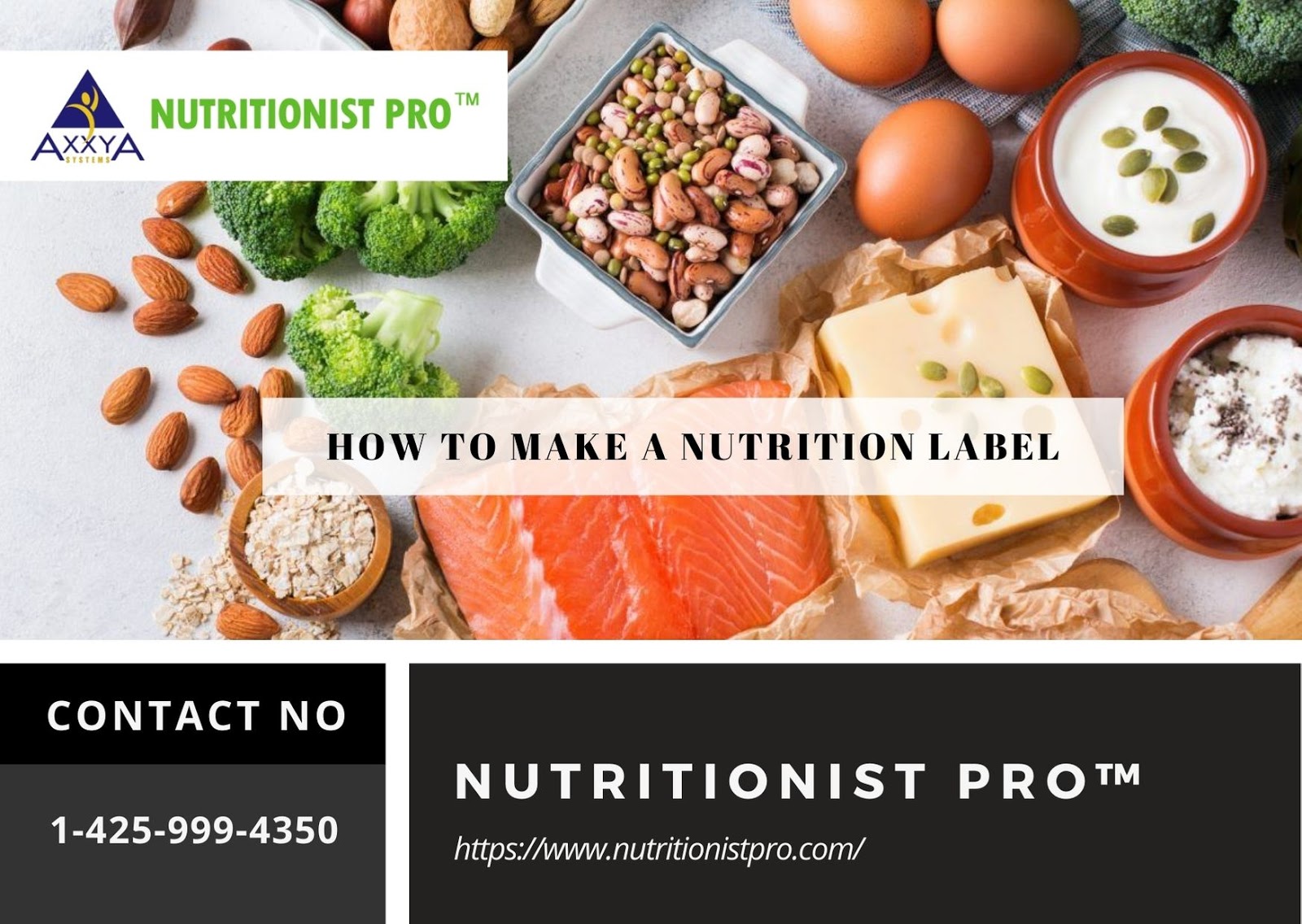Unsure about the exact amounts of foods you should be eating to stay in shape? Making healthful food choices is often hard and confusing. In addition, reading food and nutrition labels can feel like a minefield sometimes!
In order for consumers to make informed food choices easily and quickly, food items are labelled with food nutrition facts. Food labels give information which enable consumers to decide what to choose as part of an overall healthy eating plan.
For example, it may be OK to eat a sugary food item if one can commit to not eating many sugary items for the rest of the day. Checking the food labels can highlight the food items with sugar contents and can help one prepare to make tradeoffs.
While food labels carry many different types of information, the main part to look at while choosing healthy food is the nutrition information panel, which includes saturated fat, salt (sodium), added sugars, more fibre, etc.
Here are some helpful tips on how to read food labels so you can make informed food choices and meet your food consumption goals.
Serving Size
Check to see how big the serving size is. Another important part is to check how many servings per container does this food contain. If the food shows 150 calories for a serving size and the # of servings shown is 3, then the whole package is 450 calories.
Calories
You may want to know the amount of calories present in one serving, especially if you’re trying to lose weight. Tracking your caloric intake is important. Now, you have to decide if the serving size is really worth all the calories which come with it or you should go for a good calorie to serving size ratio.
Carbohydrates
The list of carbohydrates on a food label includes sugar, complex carbohydrates and fiber. Look at the total number of carbohydrates in terms of grams to understand the food’s carbohydrate count. Diabetic persons need to speak with their health care providers about the amount of carbohydrates they can consume for each meal.
Total fat
Low-fat food items usually contain three grams of fat or less per serving.
Saturated fat
The amount of saturated fat is key for heart health. Foods with one gram or less per serving are considered low in saturated fat.
Trans fat
It is often suggested to avoid foods with trans fat if you have cardiac concerns. In this case, look for foods with 0 grams of trans fat.
Cholesterol
The American Heart Association (AHA) suggests keeping your daily total intake of foods to less than 300 milligrams (mg)
Sodium
The American Heart Association (AHA) suggests consuming less than 1500 milligrams or less of sodium each day, especially for older adults with high blood pressure and 2300 mg or less for other adults. Foods with 140 mg of sodium or less per serving are considered low-sodium foods.
Key Takeaways:
Look at these tips while using the nutrition facts label as a guide.
Keep these low:
Saturated Fats, Trans Fats, Cholesterol, and Sodium
Get enough of these:
Potassium, Fiber, Vitamins A and C, Calcium, and Iron
Use the Percent Daily Value (% DV) column when possible:
5% DV or less is low, 20% DV or more is high.
Final Note:
Consumers need to be fluent in food labels if they are to meet their food and health goals and are able to shop for food items confidently.
In order that consumers can easily and clearly understand food nutrient contents of food items, food companies label their food items with food nutrition facts in strict compliance with the food laws of their respective food distribution regions. To ensure flawless food nutrient calculation, compliance, and labeling, the food companies make use of the food analysis and labeling software, like Nutritionist PRO™.
Watch this Demo to walk you through a simpler, easier and quicker process of food analysis and labeling in Nutritionist PRO™.
